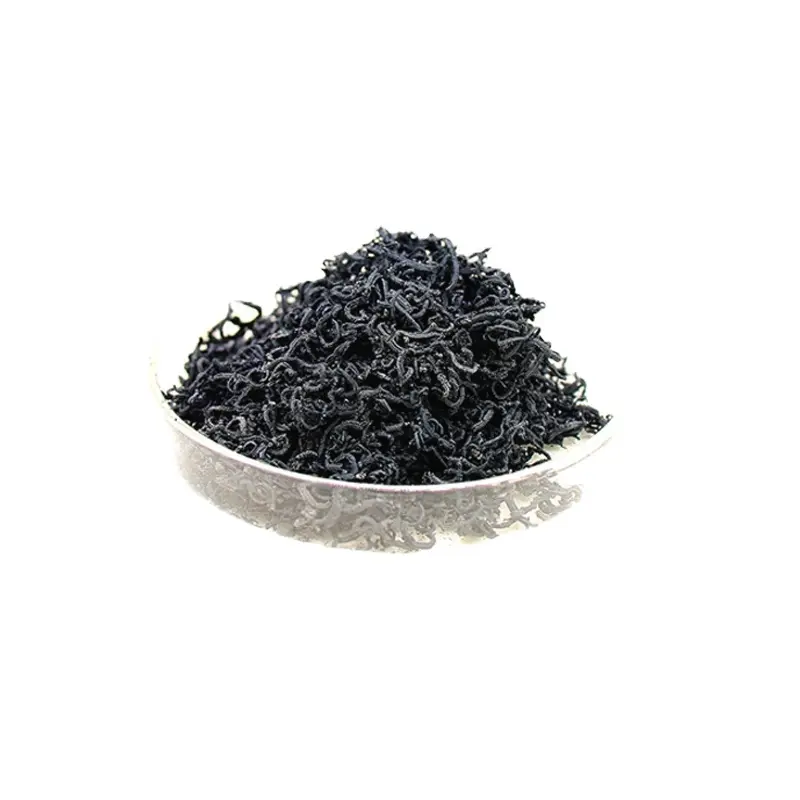In the world of advanced materials, few products offer the unique combination of properties found in graphite foil. This versatile material is more than just a component; it’s a critical solution for some of the most demanding industrial challenges. From managing extreme heat in electronics to creating leak-proof seals in high-pressure environments, graphite foil has become an indispensable choice for engineers and manufacturers who cannot compromise on performance and reliability.
What is Graphite Foil?
Graphite foil, also known as flexible graphite, is a thin sheet material made from exfoliated graphite flakes. Through a process of high-temperature compression, these flakes are bonded together without the need for chemical binders or resins. This unique manufacturing process results in a material that is:
- Highly Pure: Typically over 98% carbon content, ensuring chemical inertness.
- Flexible: It can be easily bent, wrapped, and molded to fit complex shapes.
- Thermally and Electrically Conductive: Its parallel molecular structure allows for excellent heat and electricity transfer.
These properties make it ideal for applications where traditional materials would fail.
Key Industrial Applications
The exceptional characteristics of graphite foil make it a preferred material across multiple B2B sectors.
1. High-Performance Gaskets and Seals
Its primary use is in manufacturing gaskets for pipelines, valves, pumps, and reactors. Graphite foil can withstand extreme temperatures (from cryogenic to over 3000°C in non-oxidizing environments) and high pressures, providing a reliable, long-lasting seal that prevents leaks and ensures operational safety.
2. Thermal Management
Due to its high thermal conductivity, graphite foil is a go-to solution for heat dissipation. It is used as a heat spreader in consumer electronics, LED lighting, and power modules, drawing heat away from sensitive components and extending product lifespan.
3. High-Temperature Insulation
Acting as an excellent thermal barrier, it is used in furnaces, ovens, and other high-temperature industrial equipment. Its low thermal expansion and stability at extreme heat make it a reliable choice for heat shields and insulation blankets.
Advantages for Your Business
Choosing graphite foil provides several strategic benefits for B2B clients:
- Unmatched Durability: Its resistance to chemical attack, creep, and thermal cycling means less downtime and lower maintenance costs.
- Enhanced Safety: In critical sealing applications, a reliable gasket prevents dangerous leaks of corrosive or high-pressure fluids, ensuring a safer work environment.
- Design Flexibility: The material’s ability to be cut, stamped, and molded into complex shapes allows for custom solutions tailored to specific engineering requirements.
- Cost-Effectiveness: While a premium material, its long service life and high performance lead to a lower total cost of ownership compared to materials that require frequent replacement.
Conclusion
Graphite foil is a premium material that solves some of the most difficult challenges in modern industry. Its unique combination of thermal stability, chemical resistance, and sealing performance makes it an invaluable asset for businesses in aerospace, oil and gas, electronics, and automotive industries. For any application where failure is not an option, selecting graphite foil is a strategic decision that guarantees reliability and long-term performance.
Frequently Asked Questions
1. What is the difference between flexible graphite and graphite foil? The terms are often used interchangeably to describe the same material. “Graphite foil” typically refers to the material in thin, continuous sheet form, while “flexible graphite” is a broader term encompassing foils, sheets, and other flexible products.
2. Can graphite foil be used in an oxidizing environment? Yes, but its maximum temperature is reduced. While it can withstand over 3000°C in an inert atmosphere, its temperature limit in air is around 450°C. For higher temperatures in oxidizing environments, composite products with a metal foil insert are often used.
3. What are the main industries that use graphite foil? Graphite foil is a key material in a wide range of industries including oil and gas, petrochemicals, aerospace, automotive, electronics, and power generation due to its versatility in sealing, thermal management, and insulation.
4. How is graphite foil typically supplied to businesses? It is most commonly supplied in rolls, large sheets, or as pre-cut gaskets, die-cut parts, and custom-machined components to meet specific client specifications.
Post time: Aug-26-2025
